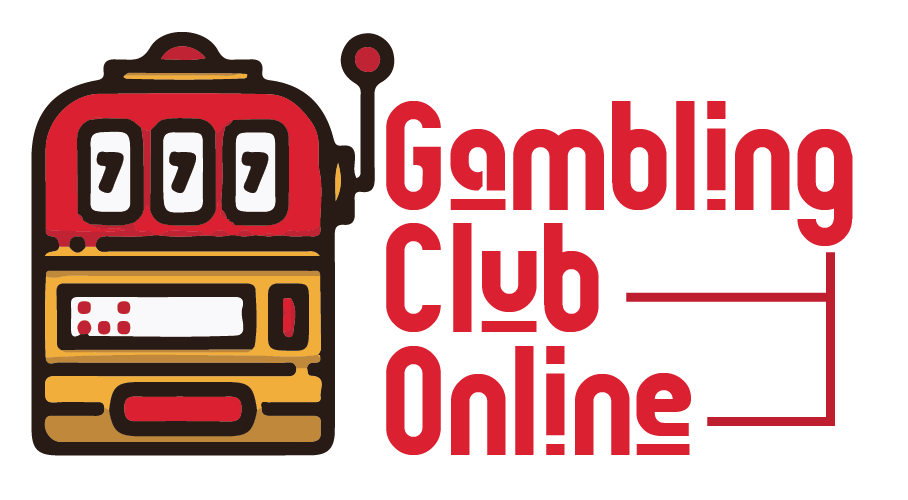Designing Effective Membership Tiers in Gambling Clubs
Tiering is an effective way to keep members coming back. It helps improve customer retention and drive revenue growth.
One study demonstrated how tier status and disordered gambling symptomatology interact to predict behavioral loyalty (casino visits and bet size). This relationship was strongest among no risk, low risk gamblers in higher tier levels.
Identify Your Target Audience
RG messages can be most effectively directed toward specific populations, including young adults, older adults, skill-game gamblers and frequent players. Marketing databases offer data that allows these groups to be identified.
Understanding how people react to different types of RG messaging is also essential. Positive or gain-framed messages highlight potential advantages to changing behavior while negative or loss-framed ones highlight possible costs associated with changing it.
Define Your Tiers
Choose creative and memorable names for your membership levels to give your program some character, making it easier for both members and staff alike to understand the differences between tiers and motivate people to strive towards becoming higher member levels in order to reap their associated benefits.
Consider creating an engaging numeric system, but make each number descriptive and engaging – for instance “Basic,” “Essentials” and “Pro” offer clear progression rather than simply 1, 2, 3
Make use of your program theme as inspiration when choosing tier names, such as music for instance. Tier names might include Rookie, Rockstar and Legend in order to foster an exciting sense of progression for members, encouraging them to strive towards stardom! Keep in mind, however, that changing the tier names could negatively impact current members who have earned their places within each tier – it’s therefore essential to regularly review and modify your structure as needed.
Set Minimum and Maximum Requirements
Rete algorithms rely on networks of in-memory objects called Rete networks to match rule conditions (left sides) with facts (relational data tuples). Rete networks are usually implemented at run time in the form of directed acyclic graphs; an unnuanced implementation would compare every fact against every rule in its knowledge base and fire any that match before moving onto the next rule – however even for moderate sized rules/fact knowledge bases this approach proves far too slow.
Results of two studies reported here show that tier status and disordered gambling symptomatology interact to predict self-reported loyalty in casino gamblers, but its impact on behavioral loyalty remains less clear and further longitudinal research should be conducted in this area.
Most production systems implement Rete networks through indexing working memory elements (WMEs). When WMEs enter an engine, they typically pass through several conditional tests before being stored temporarily or transferred back out through further conditional tests to reach another terminal node of their network.
Determine Your Rewards
Casino-based loyalty programs seek to promote both attitudinal and behavioral loyalty through rewards. According to Tajfel & Turner’s (1979) social identity theory, membership or identification with higher status groups provides psychological benefits that lead to positive feelings of identification and satisfaction (i.e. attitudinal loyalty).
Prospect theory (McCulloch, 2007) proposes that individuals are motivated to change behavior when presented with messages that emphasize either gains or losses as consequences of behavior change. Gain-framed messages highlight benefits while loss-framed ones draw attention to any negative impacts or hazards a behavior may bring.
The results of the current study demonstrate that tier status has an influence on attitudinal and behavioral loyalty of non-problem gamblers who exhibit low levels of disordered gambling symptoms, particularly among non-problem EGM gamblers with minimal disordered symptoms. It should be noted, however, that this study only addressed expenditure on EGMs – further investigation will need to take place regarding whether these effects of tier status vary across different forms of gambling behaviors.




